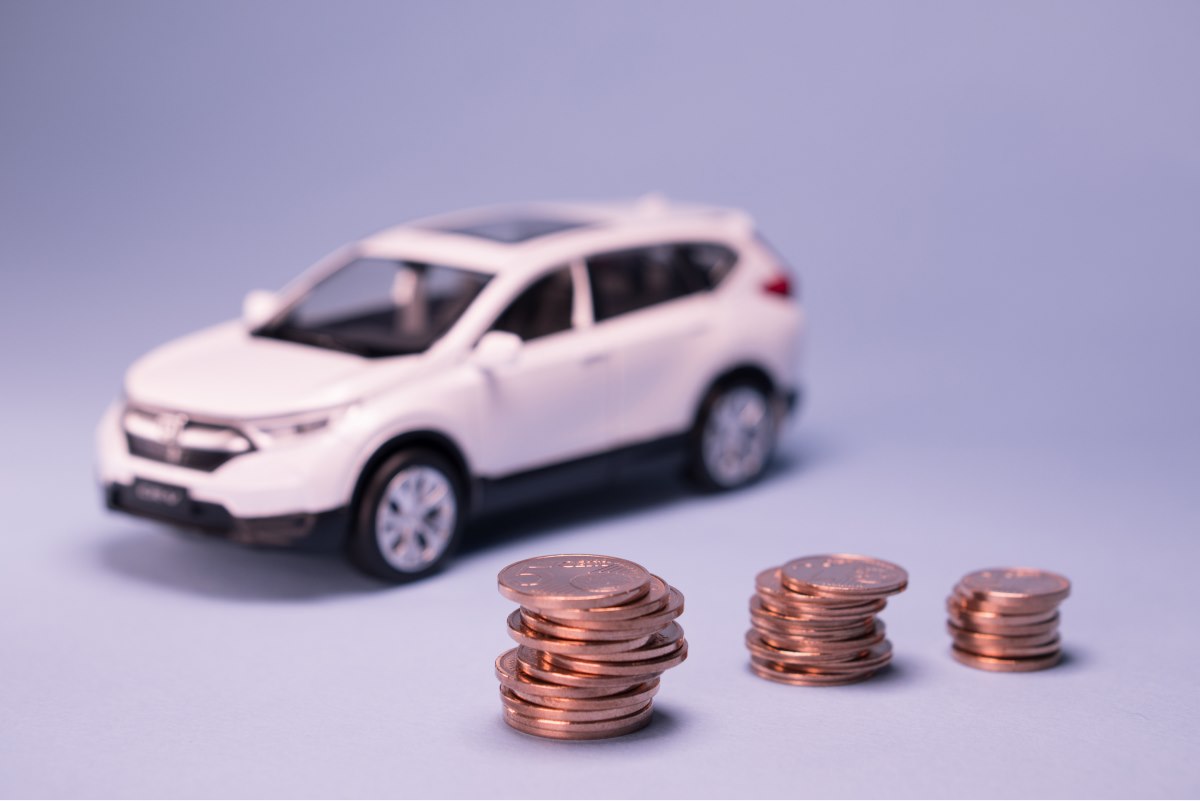Different Rates of Car Depreciation & How to Calculate IDV

Are you planning to buy insurance for your car but cannot evaluate its depreciation? In this article, we will answer all queries regarding car depreciation and help you to learn about the calculating process.
So, without any ado, let’s delve into the basics of car depreciation and the calculation of car depreciation.
What Is Car Depreciation?
After driving an automobile for a considerable period of time, its components begin to show signs of wear and tear. Hence, its value can no longer be considered the same as when its owner first bought it. As a result, the car's value decreases by an amount, which is known as its depreciation.
So, to know the value of a car after a certain period of time, let’s say three years, one needs to learn the calculation process.
Here, individuals must know about IDV calculation. IDV or the Insured Declared Value is the maximum sum assured by the insurer which they provide in case of theft or if a vehicle experiences total loss.
There are different rates of car depreciation and the IDV calculation process solely depends on that. Read on to know about these rates in detail!
Wondering how to calculate car depreciation and to derive its current value? Read along!
What Are the Different Rates of Car Depreciation for IDV Calculation?
In India, we calculate a car's depreciation rate for IDV according to IRDAI’s fixed rate.
The table below shows the rate of depreciation to derive the IDV of a car:
|
Age of the Car |
Rate of Depreciation |
|
< 6 months |
5% |
|
>6 months but < 1 year |
15% |
|
>1 year but < 2 years |
20% |
|
>2 years but < 3 years |
30% |
|
>3 years and <4 years |
40% |
|
>4 years and <5 years |
50% |
Is the Percentage of Depreciation Same for a Car and Its Parts?
The calculation of depreciation varies for a car and its parts. This is because the Indian Motor Tariff specifies the depreciation value differently for various parts.
What Is the Depreciation Rate for Different Car Parts?
|
Components of a Car |
Rate of Depreciation |
|
Fibreglass Components |
Depreciation rate for all fibreglass components is 30%. |
|
Glass Parts |
There is no depreciation for glass parts. |
|
Tyres and Tubes, Batteries and Air Bags, and Rubber/Nylon/Plastic Parts |
IRDAI has a fixed depreciation rate of 50% for these parts. |
|
Paintwork |
Depreciation rate is charged at 50% of the material cost of the paint. However, when a consolidated amount is charged for this paintwork, then the cost of material is considered 25% of its total cost. Thereafter, depreciation at a rate of 50% is applied on it. |
What Is the Formula to Calculate a Car’s Depreciation?
There are two formulas to calculate car’s depreciation:
1. Prime Cost
The cost of running the car X (number of days the car is owned ÷ 365) x (100% ÷ effective life in number of years)
Through this method, the car’s depreciation is evaluated as a percentage of its overall cost.
2. Diminishing Value
he purchase value of the car X (number of days the car is owned ÷ 365) x (effective life in number of years ÷ 200%)
This formula uses the car’s base value to compute its depreciation. n
That marks the end of this article on the calculation of car depreciation. We hope that you now know how to compute car depreciation.
Why Is Calculation of Car Depreciation Necessary?
There are two reasons why the calculation of car depreciation is essential. They are:
Evaluation of Insurance Premium
First, a calculation of car depreciation is necessary to determine the insurance premium. Insurance companies need to evaluate a car's value before they can calculate its premium. Hence, they look for a way to estimate a vehicle's value.
Moreover, the Insurance Regulatory and Development Authority of India (IRDAI) decides the depreciation rate to determine the Insured Declared Value (IDV) of a vehicle.
Determining a Car’s Resale Value
The other scenario which calls for you to derive your car’s depreciation amount is to fix a reselling price for it.
In fact, one should calculate a car's depreciation amount so that he/she can present an accurate value of the vehicle. In addition, this prevents overpricing or underpricing.















